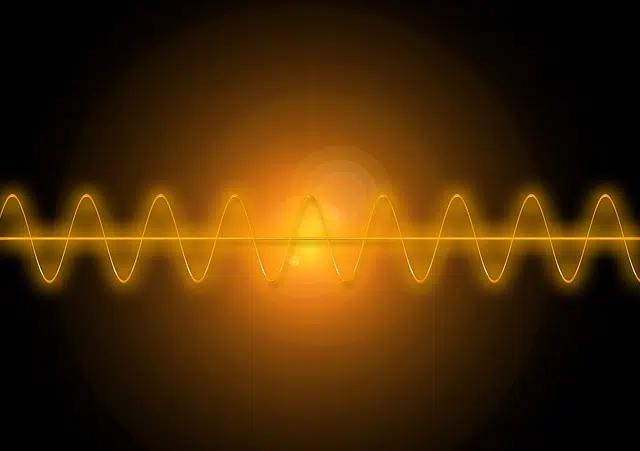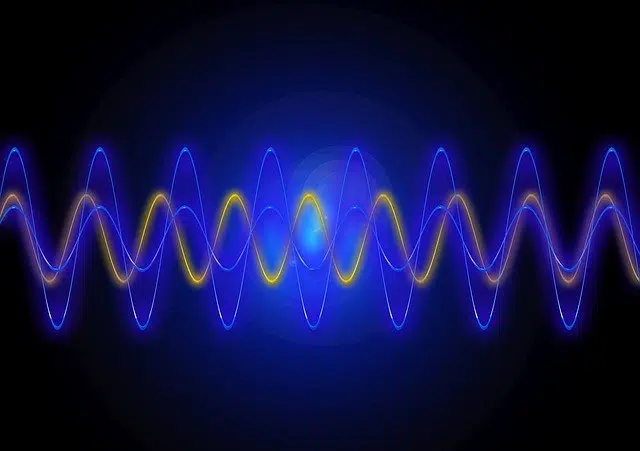
Mechanical waves move through an elastic medium.
Before entering fully into the meaning of the term mechanical waves , we are going to proceed to know the etymological origin of the two words that give it shape:
-Waves, first of all, derives from Latin. Exactly it derives from “unda”, which can be translated as “wave”.
-Mechanics, secondly, emanates from Greek. In his case, it comes from “mekhanikos”, which is equivalent to “relative to the machine”. It must be established that this word, in turn, is the result of the sum of the following lexical components: the noun “mehkane”, which is synonymous with “machine”, and the suffix “-ico”, which is used to indicate “relative to”.
What are mechanical waves
A wave is a movement that propagates with a certain periodicity in a vacuum or in a physical medium. Depending on their characteristics, waves are classified differently.
Mechanical waves advance through an elastic medium, whose particles oscillate around a fixed point. The medium in question can be gaseous, liquid or solid.
With mechanical waves there is no net transport of matter. Gravity waves and sound waves are examples of mechanical waves.
Propagation of a disturbance
For a mechanical wave to exist, there must be a source that generates the disturbance and a medium through which said disturbance can propagate. In addition, a physical medium is needed that allows the elements to influence each other.
A clear example of mechanical waves are those produced when the taut string of a musical instrument, such as a guitar, is plucked.

Sound waves are mechanical waves.
Types of mechanical waves
In addition to everything stated above, we cannot ignore that there are fundamentally three types of mechanical waves:
-Longitudinal waves we can establish are those in which both the direction of movement and the direction of propagation of the particles become parallel.
-Transverse waves, which are those in which the particles move perpendicular to the direction of propagation.
-Surface waves, finally, are mechanical waves that are characterized because they "travel" around the border of what are two different media. When we talk about media we are referring to some such as water or air, for example.
The example of sound
Take the case of sound . This sensation is produced in the ear from the vibration of bodies, which is transmitted through air or another elastic medium. Air pressure oscillations cause sound waves that, in the ear, are transformed into mechanical waves that are then perceived by the brain.
When the mechanical wave moves, it ultimately generates an oscillation that affects the equilibrium state of a mechanical property of the medium, such as pressure , position or density. There is an emitting source of the fluctuation, which extends from said point to the adjacent ones.
Since the medium is elastic, the disturbance separates the first point from its equilibrium position and makes it vibrate. The elasticity causes it to then propagate to a second point, then to a third and so on, developing a transverse wave.
